

According to a SOCOM official, the Army included feedback from the command that led to design changes like hardware for a refueling probe and features that will enable special operators to make unique modifications.
By Michael Marrow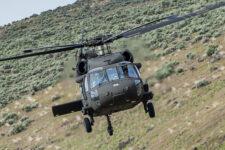
“For the next 40 to 60 years, I see us continuing to incrementally improve [the Black Hawk fleet],” Army Chief of Staff Gen. James McConville told lawmakers on April 19.
By Ashley Roque
Sikorsky now sets sights on winning the Future Attack Reconnaissance Aircraft competition and Black Hawk modernization.
By Ashley Roque
The Army reasoned “Sikorsky’s proposal provided something similar to a drawing of what the house looked like on the outside…. Such a picture did not provide the functional detail that the Army required showing what the space would look like on the inside,” according to the Government Accountability Office.
By Ashley Roque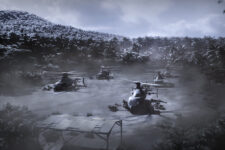
GAO has up to 100 days to rule in a bid protest, but the congressional watchdog agency strives to resolve cases as quickly as possible.
By Theresa Hitchens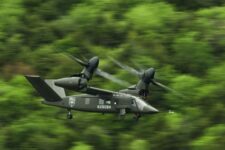
To deter the threat from near-peer competitors, the Army’s air assault mission demands a revolution in capability that only a tiltrotor can provide — not just a faster helicopter.
By Breaking Defense
By implementing a design-as-built methodology that digitally connects entire FVL programs throughout the lifecycle, Bell has increased its ability to collaborate in real-time with program partners and the Army to deliver new capabilities faster and more affordably.
By Breaking Defense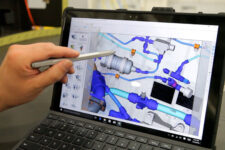
The future of Army aviation depends on major improvements in aircraft speed, range, and reliability. Bell’s vision to ensure these programs enhance national security and are affordable relies on digital engineering and modeling to integrate missions and air vehicle systems with sustainment in mind so they all meld together in advance of manufacturing to reduce risk.
By Breaking Defense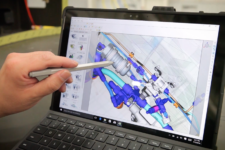
Bell’s methodology to meet the Army’s Modular Open Systems Approach requirement is enabled by a common digital backbone that will be instantiated on both the V-280 Valor for FLRAA and the Bell 360 Invictus for FARA.
By Barry Rosenberg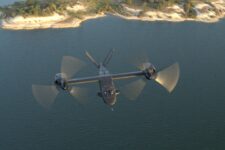
Bell’s V-280 Valor builds upon 600,000 hours of experience with the V-22 tiltrotor with a clean-sheet design to meet the Army’s requirement for an air-assault platform.
By Barry Rosenberg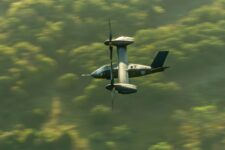
Range, Speed, And Reaction Time At Operational Distances Will Define The Next Phase Of Army Aviation
Bell created the V-280 Valor with agility, speed in excess of 280 knots, and more than 500 nm of range that is needed to quickly take advantage of tactical opportunities in multi-domain operations in theaters across the globe.
By Barry Rosenberg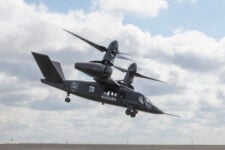
How and why Bell’s candidates for the Army’s Two Future Vertical Lift programs will help to create overmatch in the Great Power competition.
By Barry Rosenberg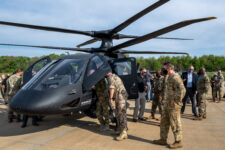
The S-97 Raider is Sikorsky’s proto-prototype for the Future Attack Reconnaissance Aircraft. It’s competing with the Bell 360 Invictus — but unlike the S-97, the 360 isn’t flying yet.
By Sydney J. Freedberg Jr.



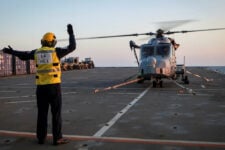


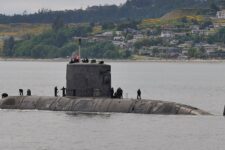








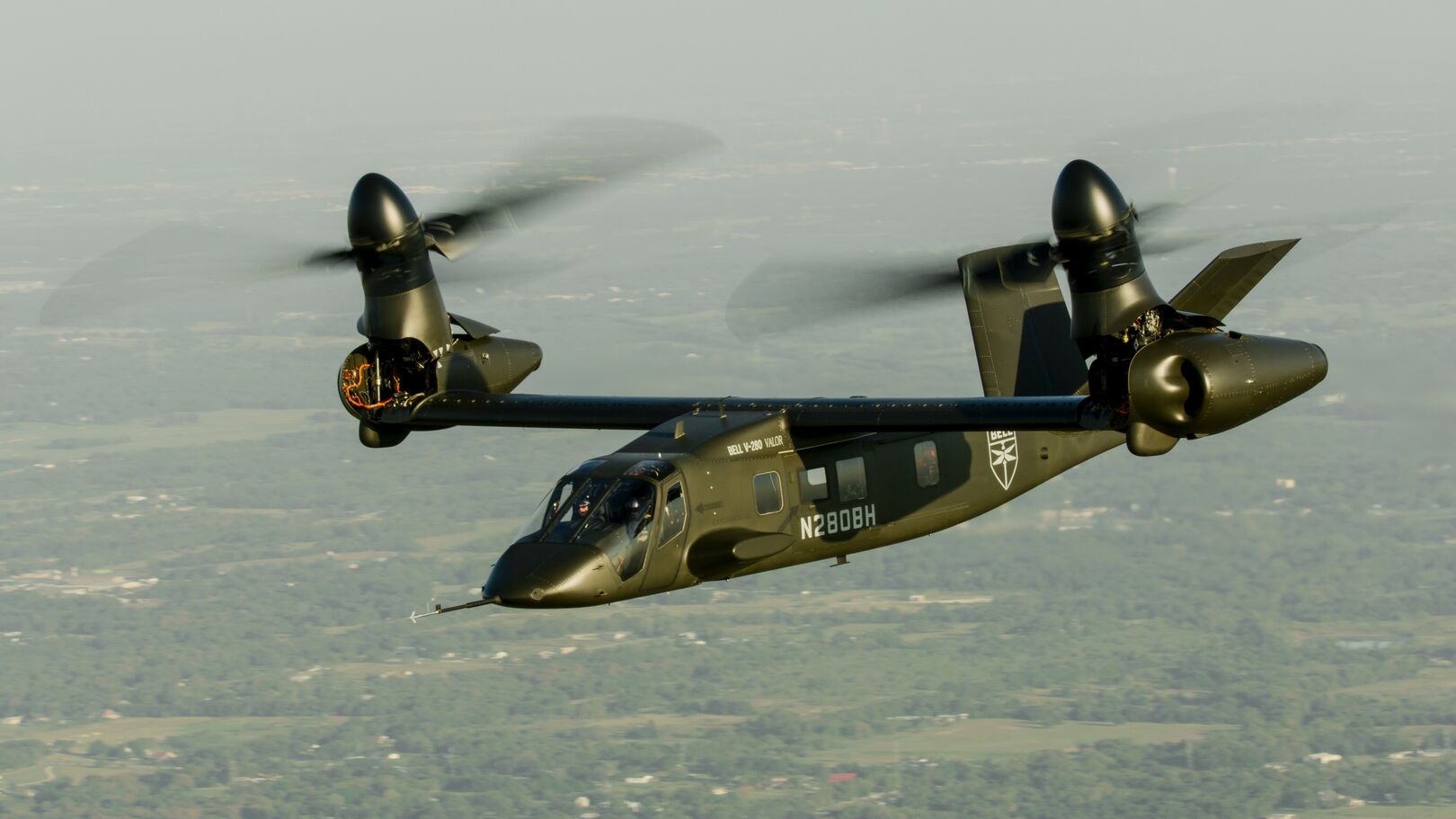

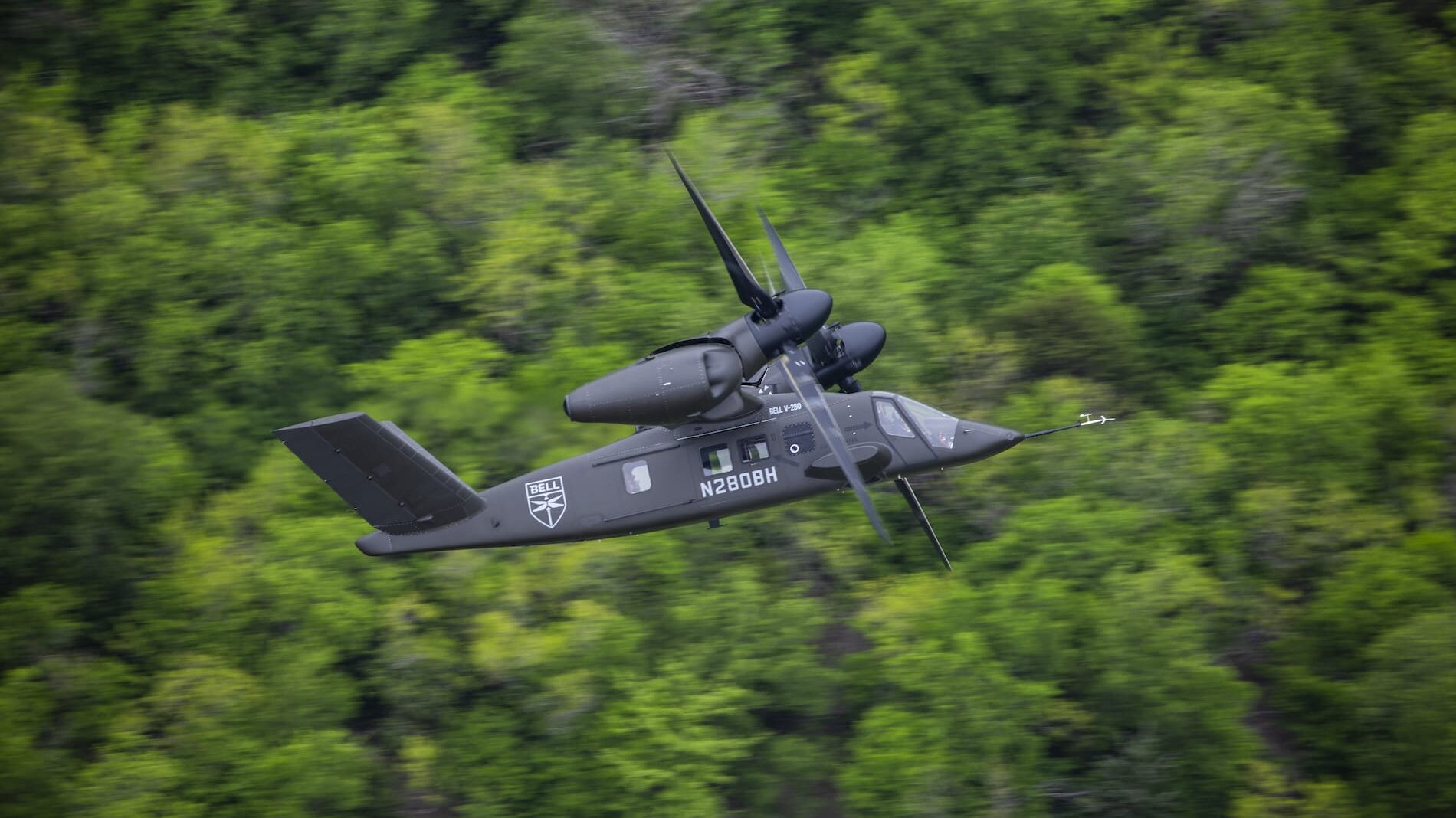
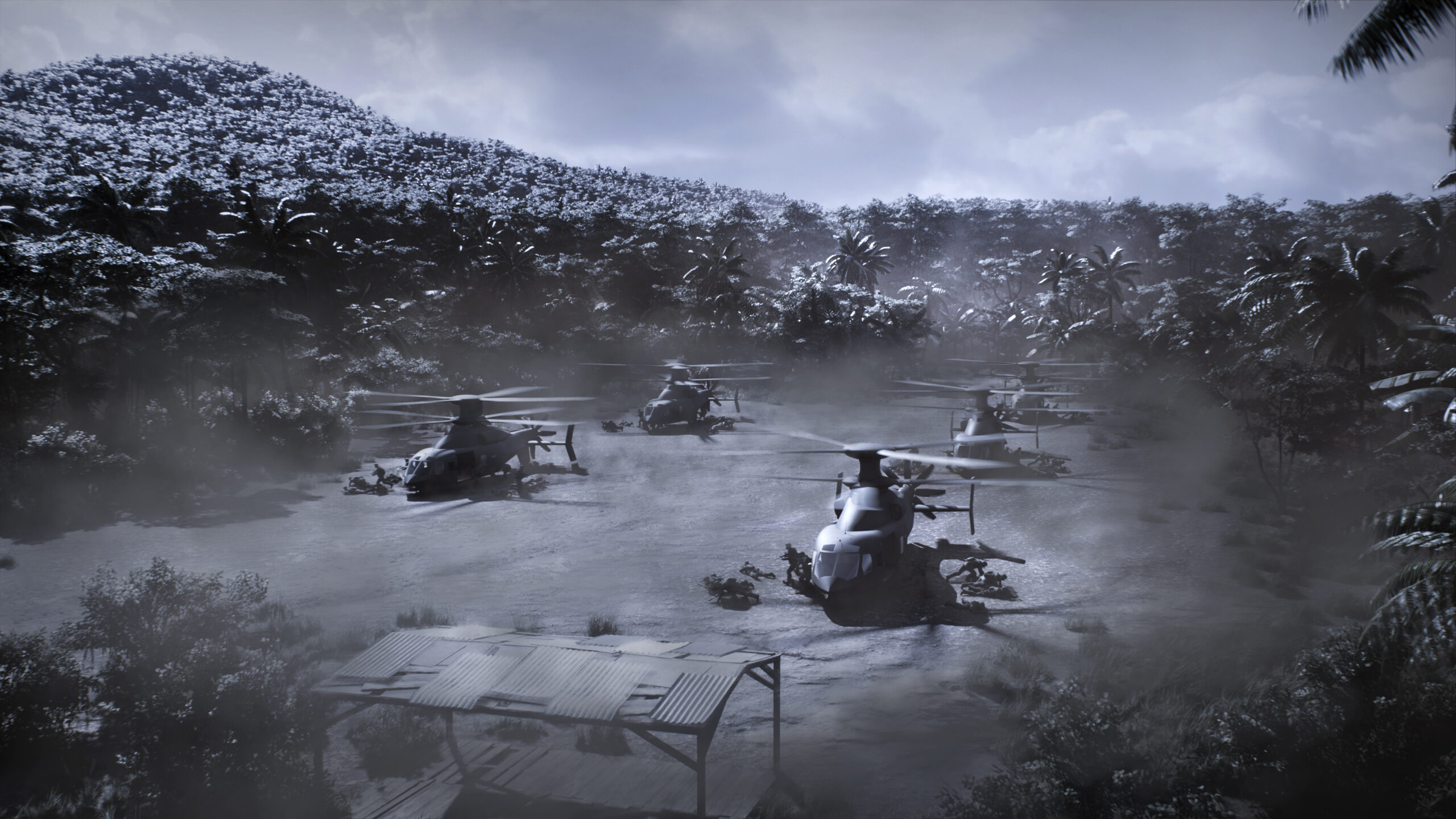

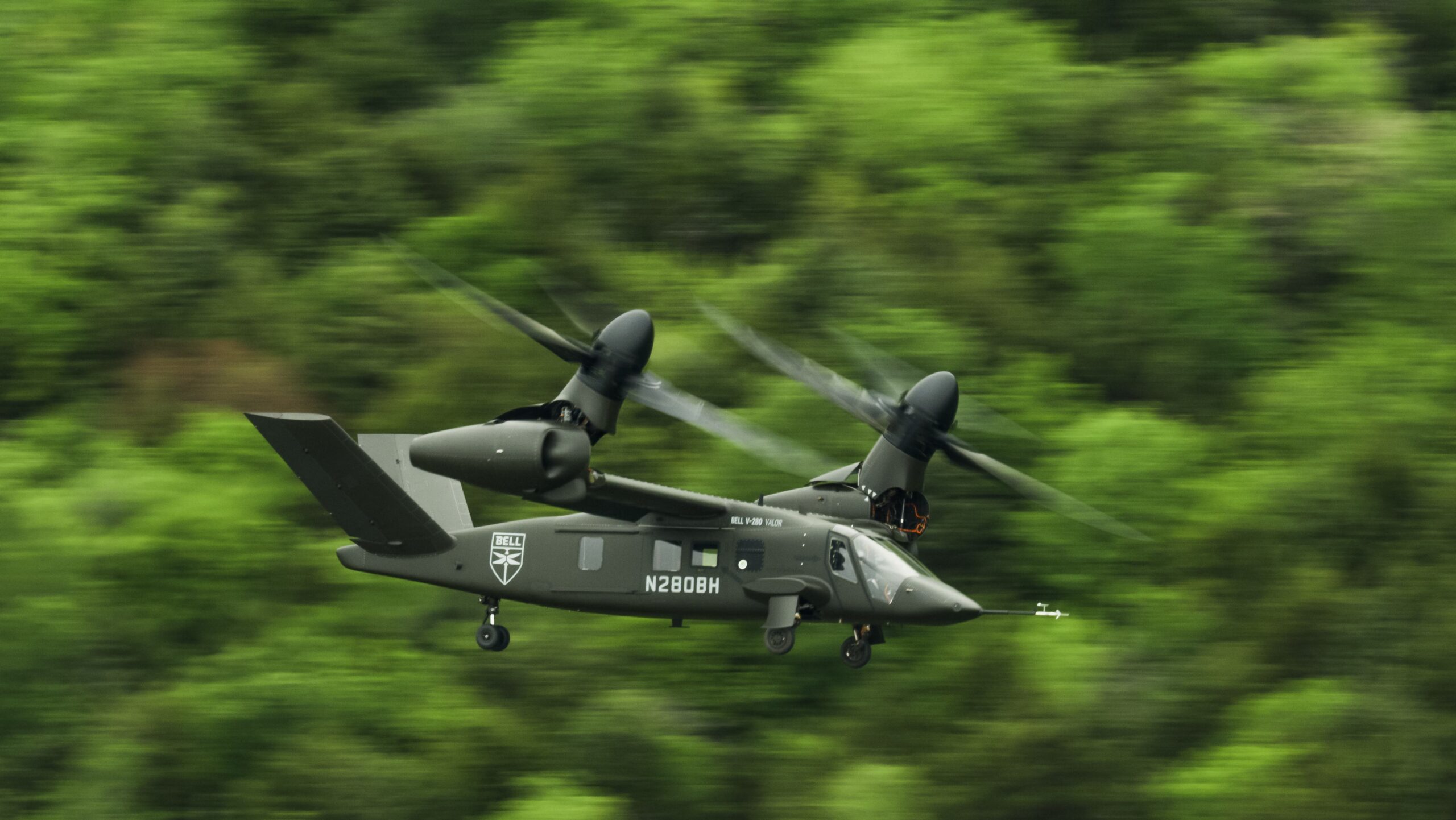
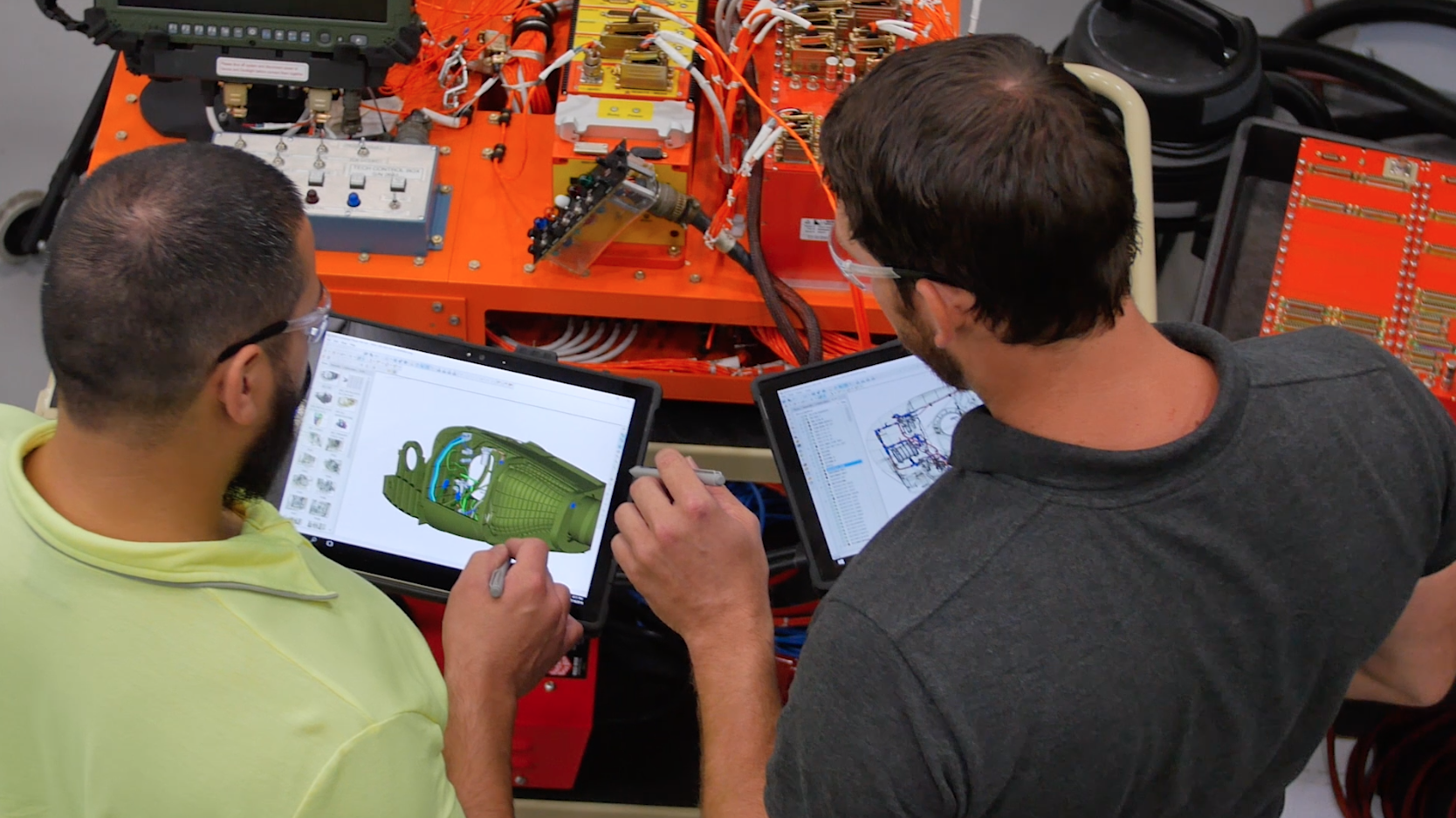
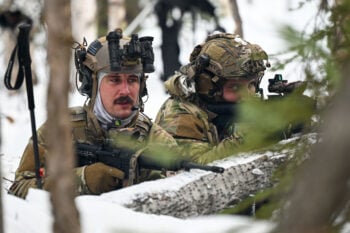
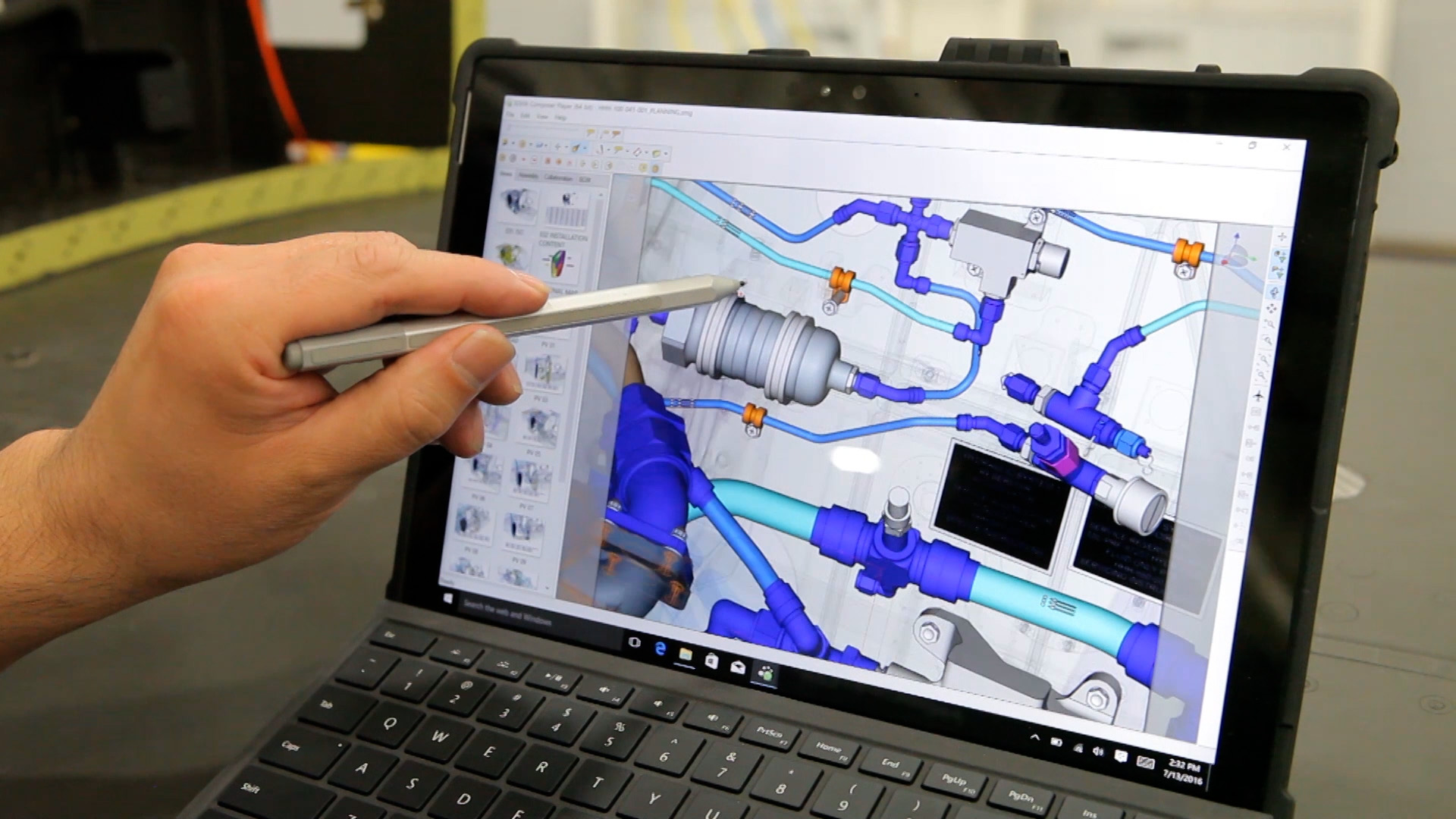
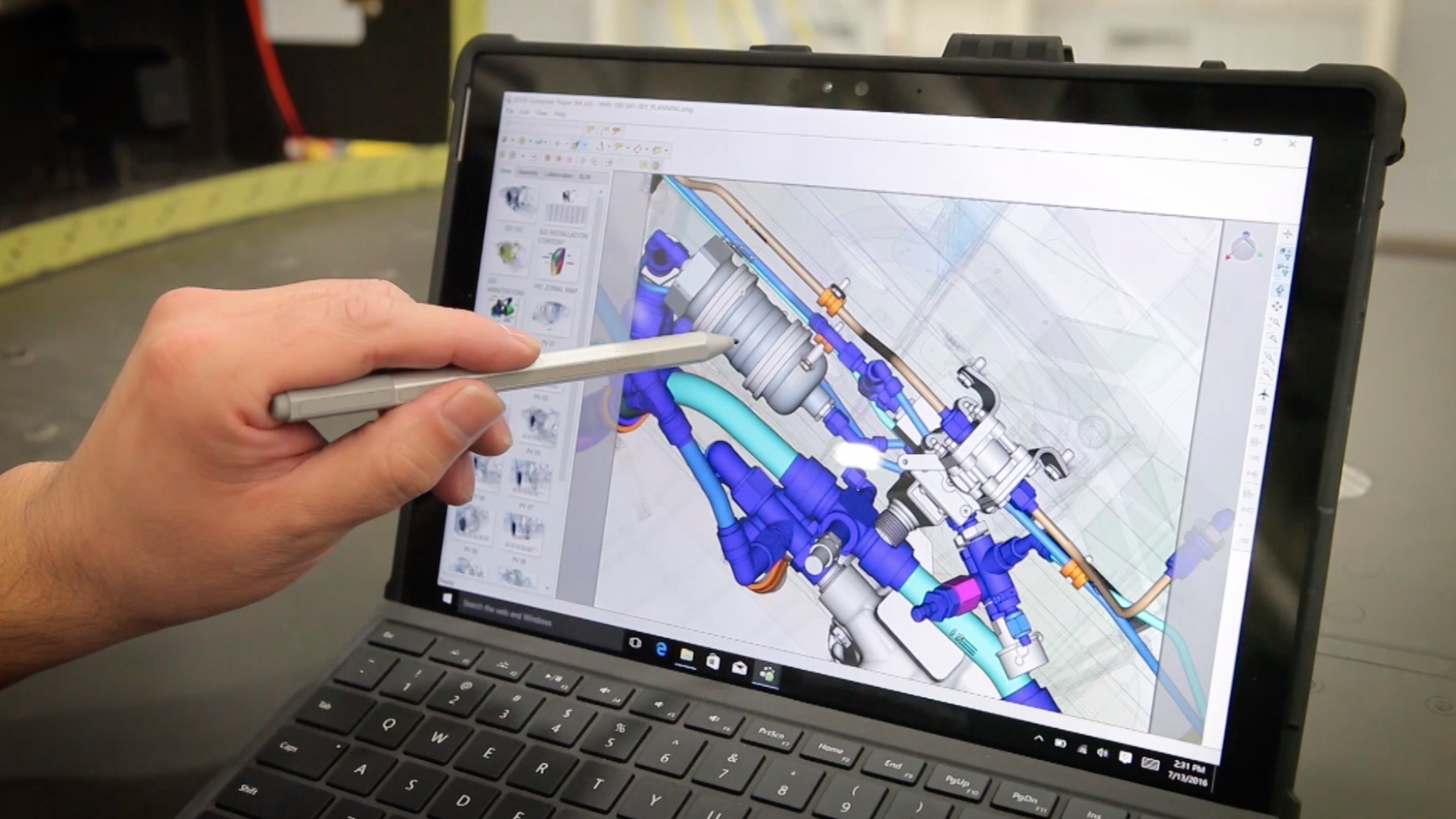
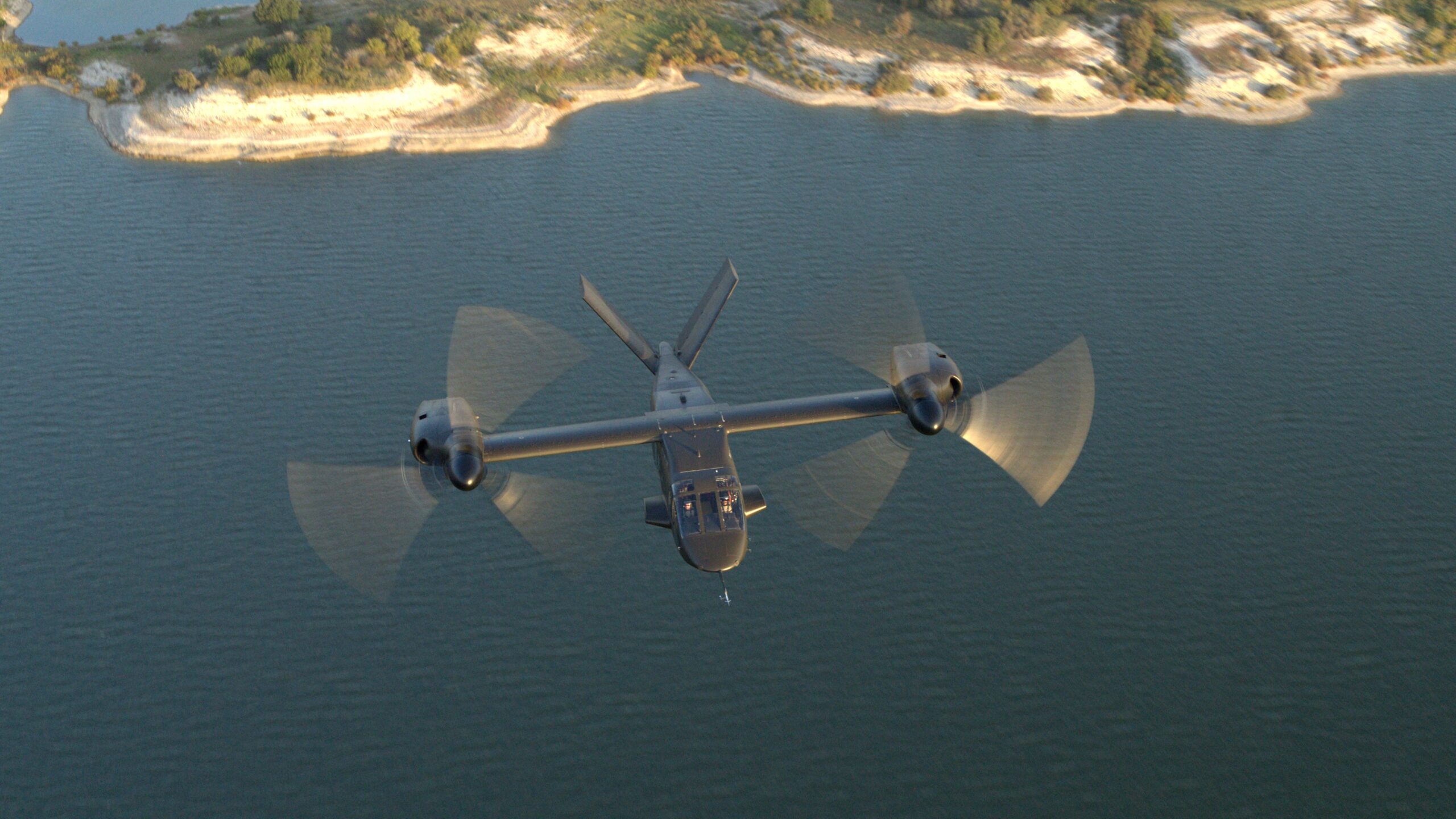
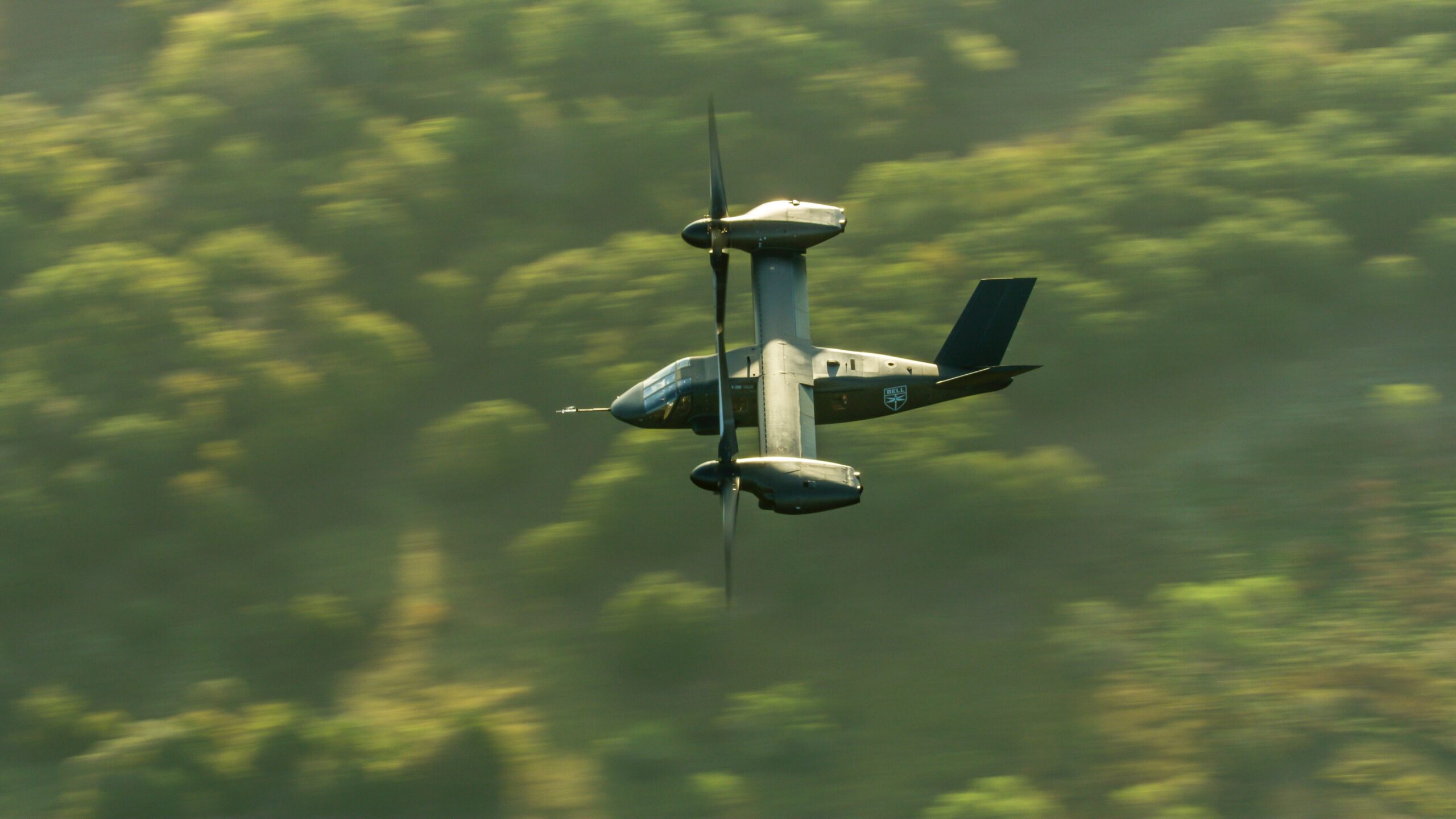
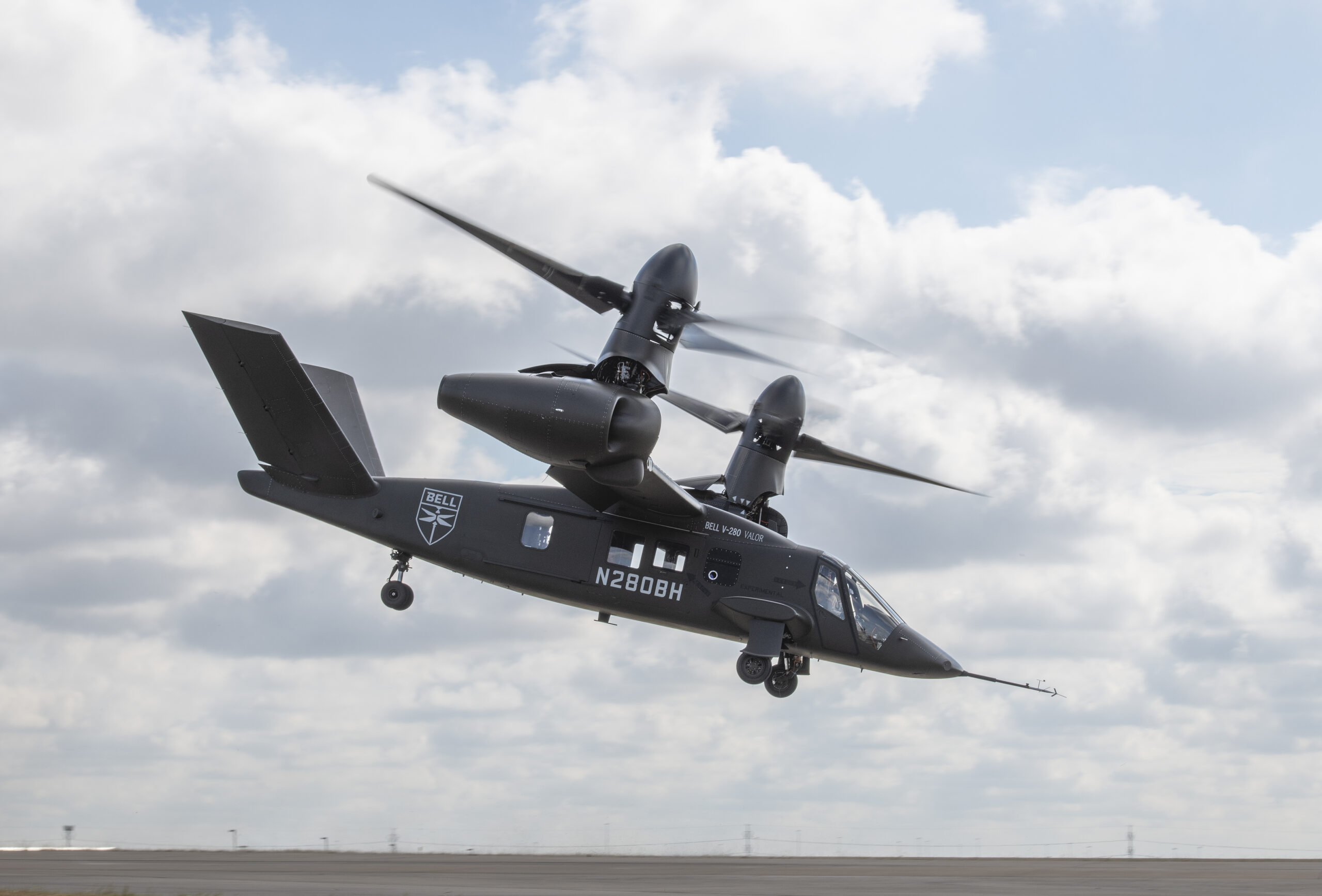
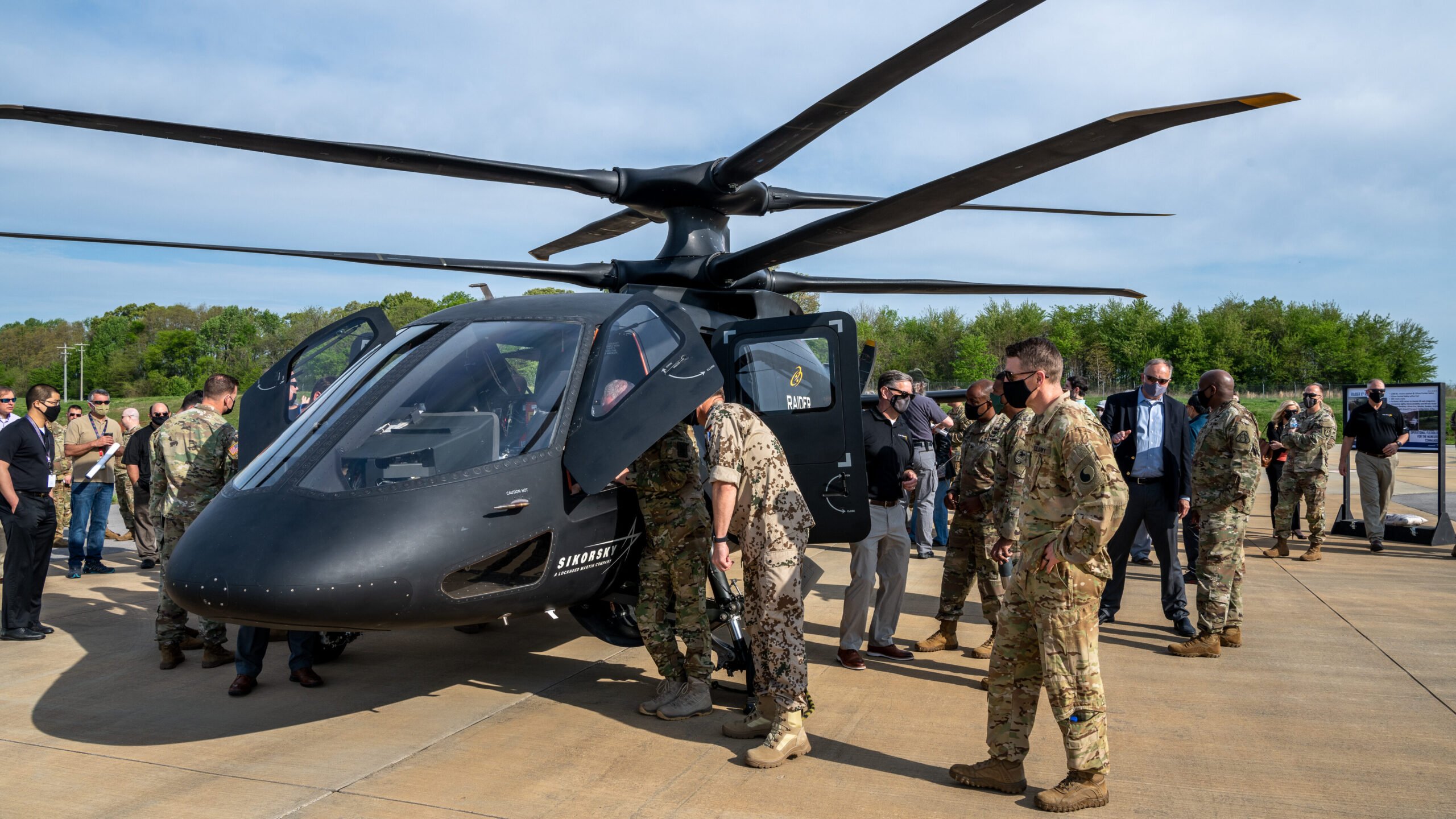
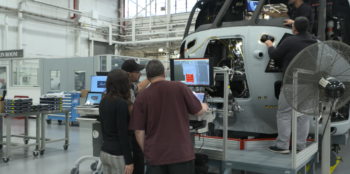

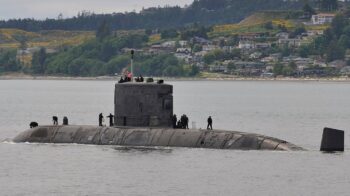


In the competition for the Future Long Range Assault Aircraft, high agility and low life-cycle costs matter most, a former Marine tiltrotor test pilot argues.
By Scott Trail